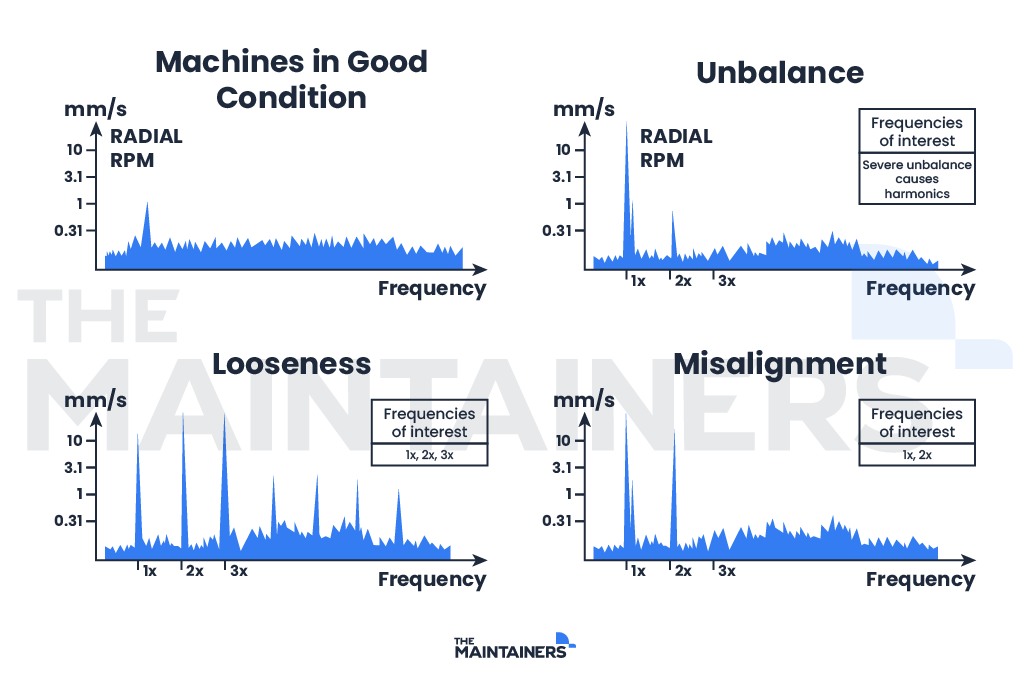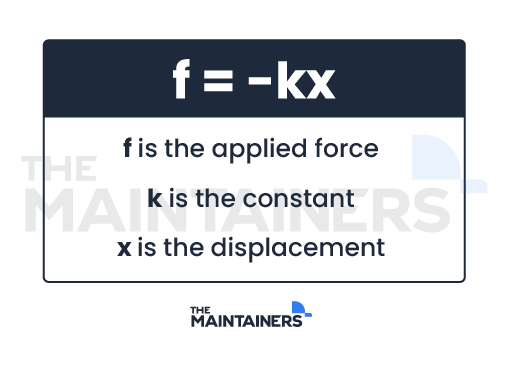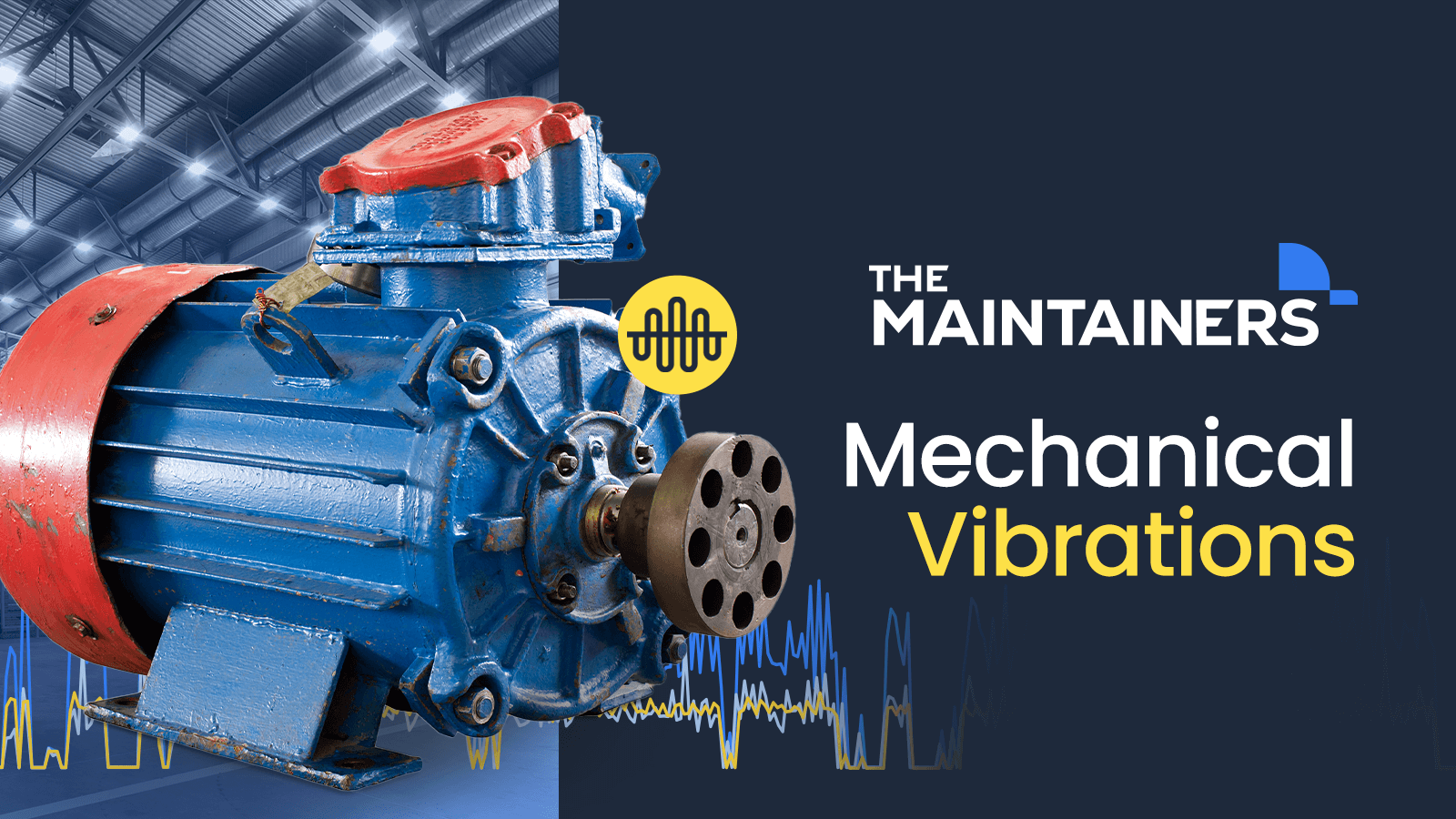Mechanical Vibrations in Asset Monitoring
Mechanical vibrations play a pivotal role in asset monitoring, providing insights into the health and performance of assets and systems.
Vibrations themselves are present constantly in machinery, and can be caused by many factors including rotational imbalances, fluid flows, and external forces. By analyzing and interpreting these vibrations, engineers and technicians can detect anomalies, identify potential faults, and optimize maintenance strategies.
The field of mechanical vibration monitoring has become increasingly important in ensuring the safe and efficient operation of assets across industries, including manufacturing, transportation, energy, and construction.
Let’s explore the significance of mechanical vibrations as a powerful tool for asset monitoring and the benefits they offer in terms of predictive maintenance, cost savings, and overall operational excellence.
What Are Mechanical Vibrations?
Mechanical vibrations refer to the oscillatory motion of objects or systems due to internal or external forces. They’re characterized by the back-and-forth movement of particles or components, usually around an equilibrium position.
These vibrations can occur in different forms, like linear or rotational, and can range from low to high frequencies. Mechanical vibrations can arise from various sources, including machine operations, structural interactions, fluid flows, and environmental factors.
They manifest as waves that propagate through the medium, transmitting energy and causing displacements, velocities, and accelerations in the objects or structures involved.
Mechanical vibration can badly damage critical assets. Left unattended, any of these vibrations will most likely show a performance deficit.

The study of mechanical vibrations involves analyzing their frequency, amplitude, and mode shapes to understand their behavior, effects, and potential implications on the performance and integrity of mechanical systems.
Multiple different types of mechanical vibrations can affect asset performance. But first, we need to understand the principle used to analyze them.
Hooke’s Law
Hooke’s Law is a fundamental principle in physics that describes the relationship between an applied force and the resulting deformation or displacement it undergoes.
It’s used to calculate the restoring force acting on an object displaced away from the equilibrium point. This force causes the disturbed object to return to its position.
In other words, Hooke’s Law calculates the natural frequency of vibration of an object. This is the frequency at which the object will vibrate freely after it has been disturbed, and subsequently released.
Mathematically, it can be expressed as F = -kx, where F represents the applied force, k is the spring constant (a measure of its stiffness), and x is the displacement of the spring.

Once you know an objects’ natural frequency of vibration, this formula can be used to predict its response to different external forces.
For example, if the excitation frequency matches the natural frequency of the object, a resonance occurs and the object vibrates with a very high amplitude. This can be detrimental to the object, and its environment.
Hooke’s Law provides a simplified model for understanding the behavior of elastic materials and is widely used in various applications, including mechanical engineering, materials science, and structural analysis.
Now onto the types of mechanical vibrations that we can use this formula on.
Types of Mechanical Vibrations
Just like with the types of maintenance, to best learn how to combat unnecessary mechanical vibration we have to go through its types and benefits.
Within these two categories, there are various types of mechanical vibrations, and each affects assets in different ways. Following are a few of these types.
Free Vibration
Free vibrations are movements in a mechanical system that occur without any external forces acting upon it. Once set in motion, the system continues to vibrate with a constant amplitude, maintaining its own inherent pattern of oscillation.
They can occur in various mechanical systems, such as mass-spring systems, pendulums, beams, and structures. The behavior of free vibrations is determined by factors such as the system’s mass, stiffness, and damping characteristics.
The amplitude and duration of free vibrations depend on the initial conditions, including the displacement, velocity, and acceleration of the system at the starting point. Over time, the energy of the vibrations gradually dissipates due to internal damping or external influences.
There are two categories of free vibration:
- Damped vibrations occur when energy dissipates over time in a vibrating system. This energy dissipation can be caused by various factors, such as internal friction, air resistance, or material damping properties. As a result, the amplitude of the vibrations decreases gradually, leading to a decay in the oscillations.
- Undamped vibrations, on the other hand, do not experience any energy dissipation or damping within the vibrating system. In an idealized scenario, where no external forces act upon the system, undamped vibrations would continue indefinitely at their natural frequency or frequencies.
Forced Vibration
Forced vibrations occur when a mechanical system is subjected to external forces or excitations, causing it to vibrate at frequencies different from its natural frequency. Unlike free vibrations, forced vibrations are influenced by an external agency.
The external force can be periodic or non-periodic, and it can have a frequency that matches, is close to, or differs significantly from the natural frequency of the system. When the frequency of the external force matches the natural frequency of the system, resonance can occur.
Forced vibrations can arise in various scenarios, such as machines with rotating or reciprocating parts, vehicles moving over uneven surfaces, or structures exposed to wind or seismic loads.
Techniques such as frequency analysis, amplitude response, and transient analysis are used to determine the behavior, resonant frequencies, and potential effects of forced vibrations on the system.
Random Vibration
Random vibration refers to a type of mechanical vibration that lacks a specific repetitive pattern or frequency. Unlike periodic vibrations, random vibrations exhibit a wide range of frequencies simultaneously, creating a complex and unpredictable motion.
Random vibrations typically result from the cumulative effect of multiple, independent sources of excitation or disturbances acting on a system. These sources can include both internal and external forces.
To analyze and characterize random vibrations, statistical methods are used. Power spectral density (PSD) analysis is often used to determine the distribution of energy across different frequency bands. The PSD provides information about the intensity or amplitude of the vibrations at different frequencies, helping to assess the potential effects of random vibrations on the system.
Resonance Vibration
Resonance vibration occurs when a mechanical system vibrates at its natural frequency or a close harmonic of it due to the influence of an external force.
When the frequency of the external force matches or is near the natural frequency of the system, the amplitude of the vibrations can significantly increase, resulting in resonance.
This amplification can cause excessive stresses, strains, or displacements, potentially leading to structural failures or system malfunctions.
Torsional vibration
Torsional vibration refers to the oscillatory motion that occurs in a rotating system due to the twisting or torsion of its components. It is a specific type of vibration that primarily affects rotating shafts, crankshafts, and other mechanical systems with rotational elements.
Torsional vibrations can be caused by several factors, including the uneven distribution of mass along the shaft, misalignments, fluctuations in applied torque, or interactions between multiple rotating components.
They can lead to increased stress and fatigue on the shaft, coupling or gear failures, and reduced system performance and efficiency.
A Solution to Industrial Mechanical Vibrations
If you can’t measure it, you can’t change it.
Mechanical vibrations play a vital role in asset monitoring, providing valuable insights into the condition and performance of various systems and structures.
By analyzing the vibrations, engineers and technicians can detect anomalies, identify potential faults, and optimize maintenance strategies.
With advancements in sensing technology and data analytics, the field of mechanical vibration monitoring continues to evolve, providing even greater capabilities for real-time monitoring and analysis.
By harnessing the potential of mechanical vibrations, asset owners and operators can ensure the longevity and reliability of their assets, ultimately contributing to increased productivity and sustainability in various industries.
